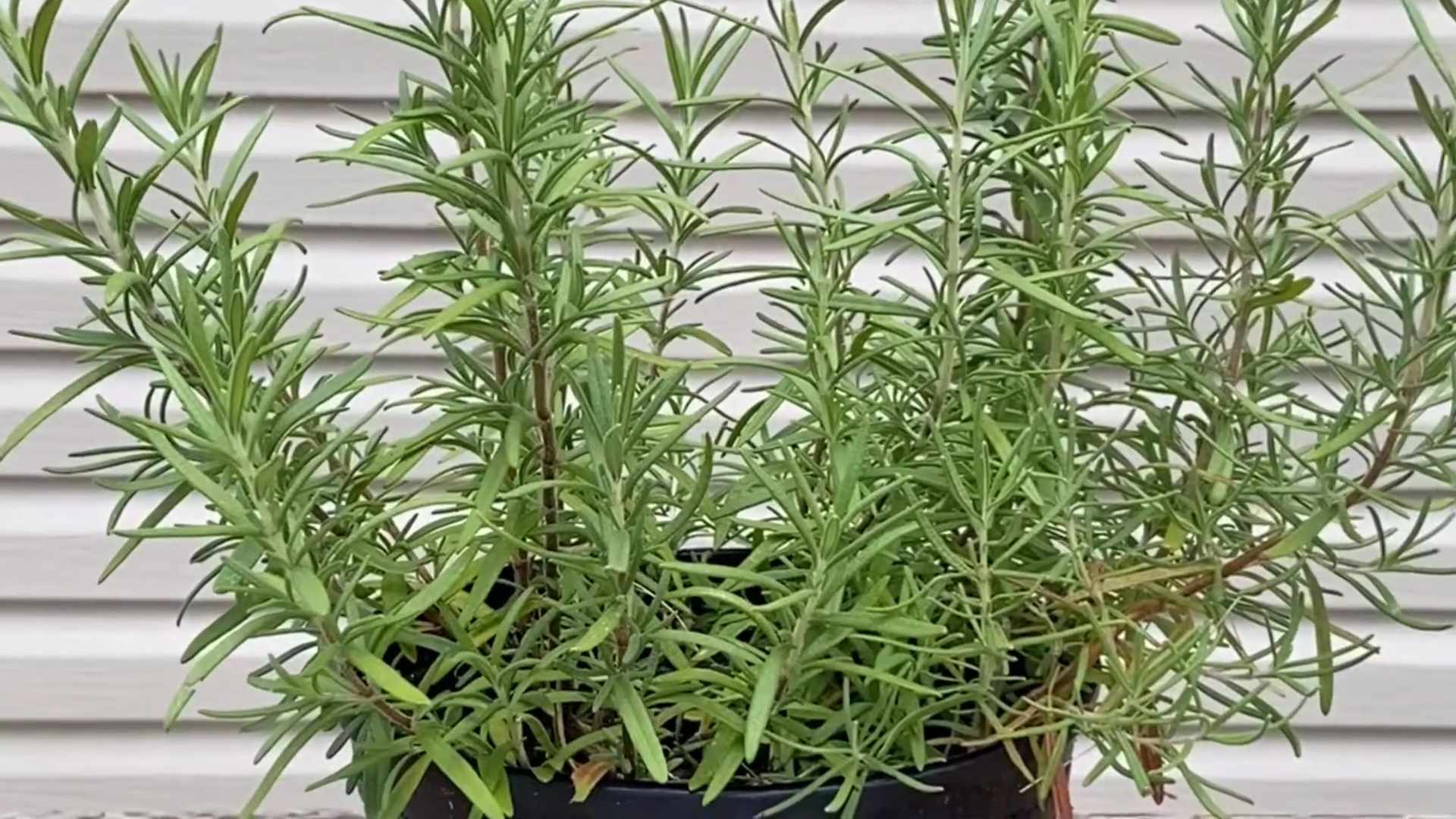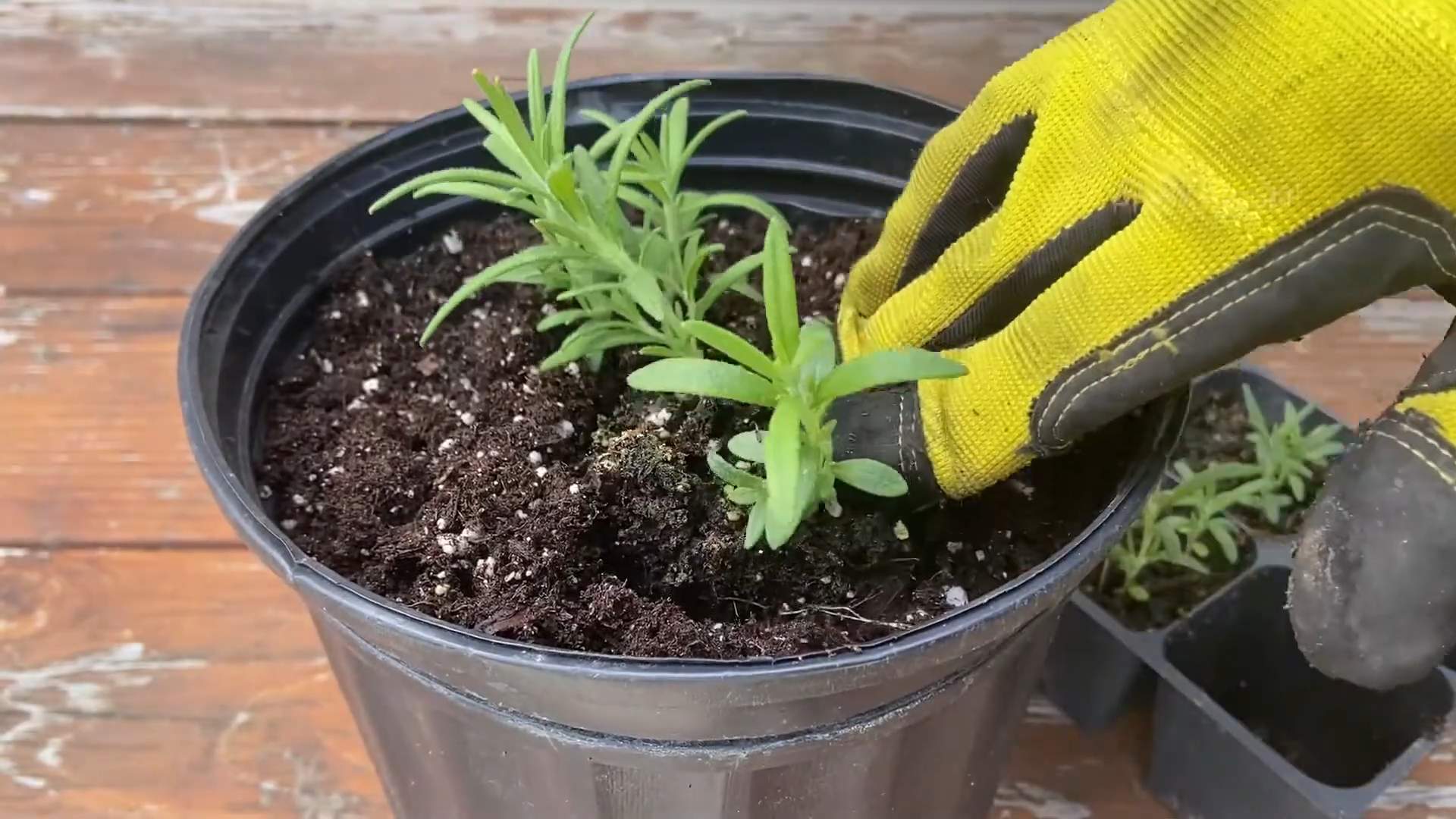Beginner Indoor Rosemary Growing might seem daunting, but trust me, with a few simple tricks, you can have this fragrant herb thriving right on your windowsill! Imagine stepping into your kitchen and snipping fresh rosemary to season your favorite dishes – a culinary delight just steps away. For centuries, rosemary has been cherished not only for its culinary uses but also for its medicinal properties and symbolic significance, representing remembrance and love in various cultures. From ancient Greece, where students wore rosemary garlands to enhance memory, to modern-day aromatherapy, this herb boasts a rich history.
But why should you bother with beginner indoor rosemary growing? Well, access to fresh herbs elevates your cooking, adding a burst of flavor that dried herbs simply can’t match. Plus, growing your own rosemary is incredibly rewarding and surprisingly easy, even if you don’t have a green thumb. This DIY guide will equip you with the essential knowledge and simple hacks to successfully cultivate rosemary indoors, saving you money on store-bought herbs and bringing a touch of nature into your home. Let’s get started and unlock the secrets to a thriving indoor rosemary garden!

Growing Rosemary Indoors: A Beginner’s Guide to Aromatic Success
Hey there, fellow plant enthusiasts! Ever dreamed of having fresh rosemary at your fingertips, ready to spice up your culinary creations? Well, dream no more! Growing rosemary indoors is totally achievable, even if you don’t have a green thumb (yet!). I’m going to walk you through everything you need to know to cultivate your own thriving rosemary plant right inside your home. Let’s get started!
Choosing the Right Rosemary Variety
Not all rosemary varieties are created equal, especially when it comes to indoor growing. Some are more compact and better suited for containers than others. Here are a few of my favorites:
* ‘Blue Boy’: This is a classic choice, known for its compact size and lovely blue flowers. It’s relatively easy to care for and tolerates indoor conditions well.
* ‘Roman Beauty’: Another great option for containers, ‘Roman Beauty’ has a trailing habit, making it perfect for hanging baskets or letting it cascade over the edge of a pot.
* ‘Arp’: If you live in a colder climate, ‘Arp’ is a good bet. It’s one of the most cold-hardy rosemary varieties and can handle slightly lower temperatures.
Essential Supplies You’ll Need
Before we dive into the planting process, let’s gather all the necessary supplies. Trust me, having everything ready beforehand will make the whole experience much smoother.
* Rosemary Plant: You can either start from seeds (which takes longer) or purchase a small rosemary plant from a local nursery or garden center. I usually opt for the latter for quicker results.
* Pot: Choose a pot that’s at least 6 inches in diameter and has drainage holes. Rosemary doesn’t like sitting in soggy soil, so good drainage is crucial. Terracotta pots are excellent because they allow the soil to breathe.
* Potting Mix: Use a well-draining potting mix specifically formulated for herbs or Mediterranean plants. Avoid using garden soil, as it can be too heavy and retain too much moisture. A mix of potting soil, perlite, and sand works wonders.
* Grow Light (Optional): If you don’t have a sunny windowsill, a grow light can provide the necessary light for your rosemary plant to thrive.
* Watering Can: A watering can with a long spout will help you water your rosemary plant evenly without splashing water on the leaves.
* Fertilizer: A balanced liquid fertilizer diluted to half strength will provide your rosemary plant with the nutrients it needs to grow strong and healthy.
* Pruning Shears or Scissors: For trimming and harvesting your rosemary.
Planting Your Rosemary
Now for the fun part – planting your rosemary! Follow these steps carefully to give your plant the best possible start.
1. Prepare the Pot: Place a layer of gravel or small stones at the bottom of the pot to improve drainage. This will prevent the roots from sitting in water.
2. Add Potting Mix: Fill the pot about two-thirds full with your well-draining potting mix.
3. Remove Rosemary from Nursery Pot: Gently remove the rosemary plant from its nursery pot. If the roots are tightly bound, carefully loosen them with your fingers.
4. Plant the Rosemary: Place the rosemary plant in the center of the pot, making sure the top of the root ball is level with the soil surface.
5. Fill with Potting Mix: Fill in the remaining space around the plant with potting mix, gently pressing down to secure it.
6. Water Thoroughly: Water the rosemary plant thoroughly until water drains out of the drainage holes. This will help settle the soil and ensure the roots are properly hydrated.
Providing the Right Environment
Rosemary is a Mediterranean herb, so it thrives in warm, sunny, and dry conditions. Replicating these conditions indoors is key to success.
1. Sunlight: Rosemary needs at least 6-8 hours of direct sunlight per day. Place your rosemary plant in a south-facing window where it will receive the most sunlight. If you don’t have a sunny window, use a grow light to supplement the natural light.
2. Temperature: Rosemary prefers temperatures between 60-80°F (15-27°C). Avoid placing your plant near drafts or heating vents, as this can cause temperature fluctuations.
3. Humidity: Rosemary doesn’t like high humidity. In fact, it prefers dry air. Avoid misting your plant, as this can promote fungal growth. If your home is particularly humid, consider using a dehumidifier.
4. Air Circulation: Good air circulation is essential for preventing fungal diseases. Open a window occasionally or use a small fan to circulate the air around your rosemary plant.
Watering and Fertilizing
Watering and fertilizing are crucial for keeping your rosemary plant healthy and happy. But it’s important to strike the right balance – overwatering can be just as harmful as underwatering.
1. Watering: Water your rosemary plant only when the top inch of soil feels dry to the touch. When you do water, water thoroughly until water drains out of the drainage holes. Avoid letting the plant sit in standing water. During the winter months, you’ll need to water less frequently.
2. Fertilizing: Fertilize your rosemary plant every 2-4 weeks during the growing season (spring and summer) with a balanced liquid fertilizer diluted to half strength. Avoid fertilizing during the winter months when the plant is dormant.
Pruning and Harvesting
Pruning and harvesting are essential for maintaining the shape of your rosemary plant and encouraging new growth. Plus, you get to enjoy the delicious flavor of fresh rosemary!
1. Pruning: Prune your rosemary plant regularly to maintain its shape and prevent it from becoming leggy. Use clean pruning shears or scissors to trim the stems. You can prune your rosemary plant at any time of year, but it’s best to do it in the spring or summer.
2. Harvesting: You can harvest rosemary sprigs at any time of year. Simply snip off the stems with pruning shears or scissors. The more you harvest, the more the plant will branch out and produce new growth.
3. Drying Rosemary: If you have more rosemary than you can use fresh, you can dry it for later use. Simply tie the sprigs together and hang them upside down in a cool, dry place. Once the leaves are dry and brittle, you can store them in an airtight container.
Troubleshooting Common Problems
Even with the best care, you may encounter some problems when growing rosemary indoors. Here are a few common issues and how to address them:
* Yellowing Leaves: Yellowing leaves can be a sign of overwatering, underwatering, or nutrient deficiency. Check the soil moisture and adjust your watering accordingly. If the soil is dry, water thoroughly. If the soil is soggy, allow it to dry out before watering again. You may also need to fertilize your plant.
* Brown Leaves: Brown leaves can be a sign of dry air, sunburn, or fungal disease. Increase the humidity around your plant by placing a tray of water near it. Move your plant to a location with less direct sunlight. If you suspect a fungal disease, treat your plant with a fungicide.
* Leggy Growth: Leggy growth is a sign that your rosemary plant isn’t getting enough light. Move your plant to a sunnier location or supplement with a grow light.
* Pests: Rosemary can be susceptible to pests such as spider mites, aphids, and whiteflies. Inspect your plant regularly for signs of pests. If you find any, treat your plant with insecticidal soap or neem oil.
Repotting Your Rosemary
As your rosemary plant grows, it will eventually outgrow its pot. When this happens, you’ll need to repot it into a larger container.
1. When to Repot: Repot your rosemary plant when the roots start to circle the bottom of the pot or when the plant becomes root-bound. You can usually tell if a plant is root-bound if the soil dries out very quickly or if the plant starts to wilt frequently.
2. Choosing a New Pot: Choose a pot that’s 1-2 inches larger in diameter than the current pot. Make sure the new pot has drainage holes.
3. Repotting Process: Gently remove the rosemary plant from its current pot. Loosen the roots with your fingers. Place a layer of gravel or small stones at the bottom of the new pot. Fill the pot about two-thirds full with fresh potting mix. Place the rosemary plant in the center of the pot and fill in the remaining space with potting mix. Water thoroughly.
Enjoying Your Homegrown Rosemary
Now that you’ve successfully grown your own rosemary plant indoors, it’s time to enjoy the fruits (or rather, leaves) of your labor! Use fresh rosemary to flavor your favorite dishes, make rosemary-infused oil, or even create your own homemade beauty products. The possibilities are endless!
Growing rosemary indoors can be

Conclusion
So, there you have it! Transforming your kitchen into a fragrant, rosemary-filled haven is easier than you might think. This beginner indoor rosemary growing trick isn’t just about saving money; it’s about connecting with nature, enjoying the freshest possible herbs, and experiencing the satisfaction of nurturing something from a tiny sprig to a thriving plant.
Why is this a must-try? Because store-bought rosemary, while convenient, often lacks the robust flavor and aroma of homegrown. Plus, you’re in control of the growing environment, ensuring your rosemary is free from unwanted pesticides and chemicals. Imagine the difference a sprig of freshly snipped, organically grown rosemary will make in your roasted chicken, focaccia bread, or even a simple cup of herbal tea. The possibilities are endless!
But the benefits extend beyond culinary delights. Rosemary is known for its potential health benefits, including memory enhancement and mood boosting properties. Having a rosemary plant nearby can be a subtle yet powerful way to improve your overall well-being.
Ready to take your rosemary growing to the next level? Consider these variations:
* **Hydroponic Rosemary:** For the tech-savvy gardener, explore hydroponic systems. Rosemary thrives in these setups, offering faster growth and greater control over nutrient delivery.
* **Rosemary Topiary:** Get creative and train your rosemary plant into a beautiful topiary. This adds a touch of elegance to your indoor garden and makes a fantastic conversation starter.
* **Different Rosemary Varieties:** Experiment with different rosemary varieties, such as ‘Blue Boy’ (compact and slow-growing) or ‘Pine Scented’ (with a distinct pine aroma). Each variety offers a unique flavor profile and growth habit.
* **Companion Planting:** Plant rosemary alongside other herbs like thyme or sage. They share similar growing requirements and can even benefit each other.
Don’t be intimidated if you’re a complete beginner. This method is designed for simplicity and success. The key is patience, consistent care, and a little bit of love. Observe your plant closely, adjust your watering schedule as needed, and don’t be afraid to experiment.
We’re confident that you’ll be amazed by how easy and rewarding it is to grow your own rosemary indoors. So, grab a rosemary sprig, follow our simple steps, and get ready to enjoy the fresh, aromatic flavor of homegrown rosemary all year round.
Now, we want to hear from you! Have you tried growing rosemary indoors? What challenges did you face? What tips and tricks do you have to share? Post your photos, stories, and questions in the comments below. Let’s create a community of indoor rosemary enthusiasts and learn from each other’s experiences. Happy growing!
Frequently Asked Questions (FAQ)
1. What kind of rosemary sprig should I use for propagation?
The best sprigs for propagation are those that are young, healthy, and about 4-6 inches long. Look for stems that are green and flexible, not woody or brittle. Avoid sprigs with flowers or buds, as these will divert energy away from root development. Ideally, take your cuttings in the spring or early summer when the plant is actively growing. You can often find suitable sprigs at your local grocery store or farmers market, but make sure they haven’t been treated with any preservatives that could inhibit rooting.
2. What type of soil is best for indoor rosemary growing?
Rosemary thrives in well-draining soil. A sandy loam mix is ideal. You can create your own by combining equal parts potting soil, perlite, and coarse sand. Avoid heavy clay soils, as they retain too much moisture and can lead to root rot. Good drainage is crucial for rosemary’s health. You can also purchase a pre-made herb potting mix from your local garden center. Ensure the pot you use has drainage holes to prevent waterlogging.
3. How much sunlight does indoor rosemary need?
Rosemary needs at least 6-8 hours of direct sunlight per day to thrive. Place your plant in a south-facing window if possible. If you don’t have enough natural light, supplement with a grow light. LED grow lights are energy-efficient and provide the full spectrum of light that rosemary needs. Rotate your plant regularly to ensure even growth on all sides. Insufficient light can lead to leggy growth and reduced flavor.
4. How often should I water my indoor rosemary plant?
Water rosemary thoroughly when the top inch of soil feels dry to the touch. Avoid overwatering, as this can lead to root rot. Rosemary prefers to dry out slightly between waterings. During the winter months, when growth slows down, you’ll need to water less frequently. Check the soil moisture regularly and adjust your watering schedule accordingly. Good drainage is essential to prevent water from sitting around the roots.
5. What is the ideal temperature for indoor rosemary growing?
Rosemary prefers temperatures between 60-70°F (15-21°C). Avoid placing your plant near drafts or heating vents, as these can cause temperature fluctuations. While rosemary can tolerate slightly cooler temperatures, it’s best to keep it in a consistently warm environment. If you live in a particularly cold climate, consider using a heat mat to provide extra warmth to the roots.
6. How do I fertilize my indoor rosemary plant?
Feed your rosemary plant with a balanced liquid fertilizer diluted to half strength every 2-4 weeks during the growing season (spring and summer). Avoid over-fertilizing, as this can lead to leggy growth and reduced flavor. A fertilizer with a higher phosphorus content can encourage root development. During the winter months, reduce or eliminate fertilization.
7. How do I prune my indoor rosemary plant?
Pruning is essential for maintaining the shape and health of your rosemary plant. Prune regularly to encourage bushier growth and prevent the plant from becoming leggy. Use sharp, clean pruning shears to avoid damaging the stems. Remove any dead or yellowing leaves. You can also prune to harvest rosemary for culinary use. Pruning is best done in the spring or early summer.
8. What are some common problems with indoor rosemary growing and how do I fix them?
Common problems include root rot (caused by overwatering), powdery mildew (caused by poor air circulation), and pests like spider mites and aphids. To prevent root rot, ensure good drainage and avoid overwatering. Improve air circulation by placing a small fan near the plant. Treat pests with insecticidal soap or neem oil. Regularly inspect your plant for signs of pests or disease.
9. Can I grow rosemary from seed indoors?
While it’s possible to grow rosemary from seed, it can be challenging and time-consuming. Rosemary seeds have a low germination rate and require specific conditions to sprout. Starting from cuttings is a much easier and faster way to propagate rosemary indoors. However, if you’re feeling adventurous, you can try sowing rosemary seeds in a seed-starting mix and keeping them consistently moist and warm.
10. How do I overwinter my indoor rosemary plant?
Rosemary is a perennial plant, meaning it can live for several years. To overwinter your indoor rosemary plant, reduce watering and fertilization during the winter months. Keep the plant in a bright, cool location. Avoid placing it near drafts or heating vents. You may need to supplement with a grow light if natural light is limited. With proper care, your rosemary plant will thrive throughout the winter and be ready to grow vigorously again in the spring.





Leave a Comment